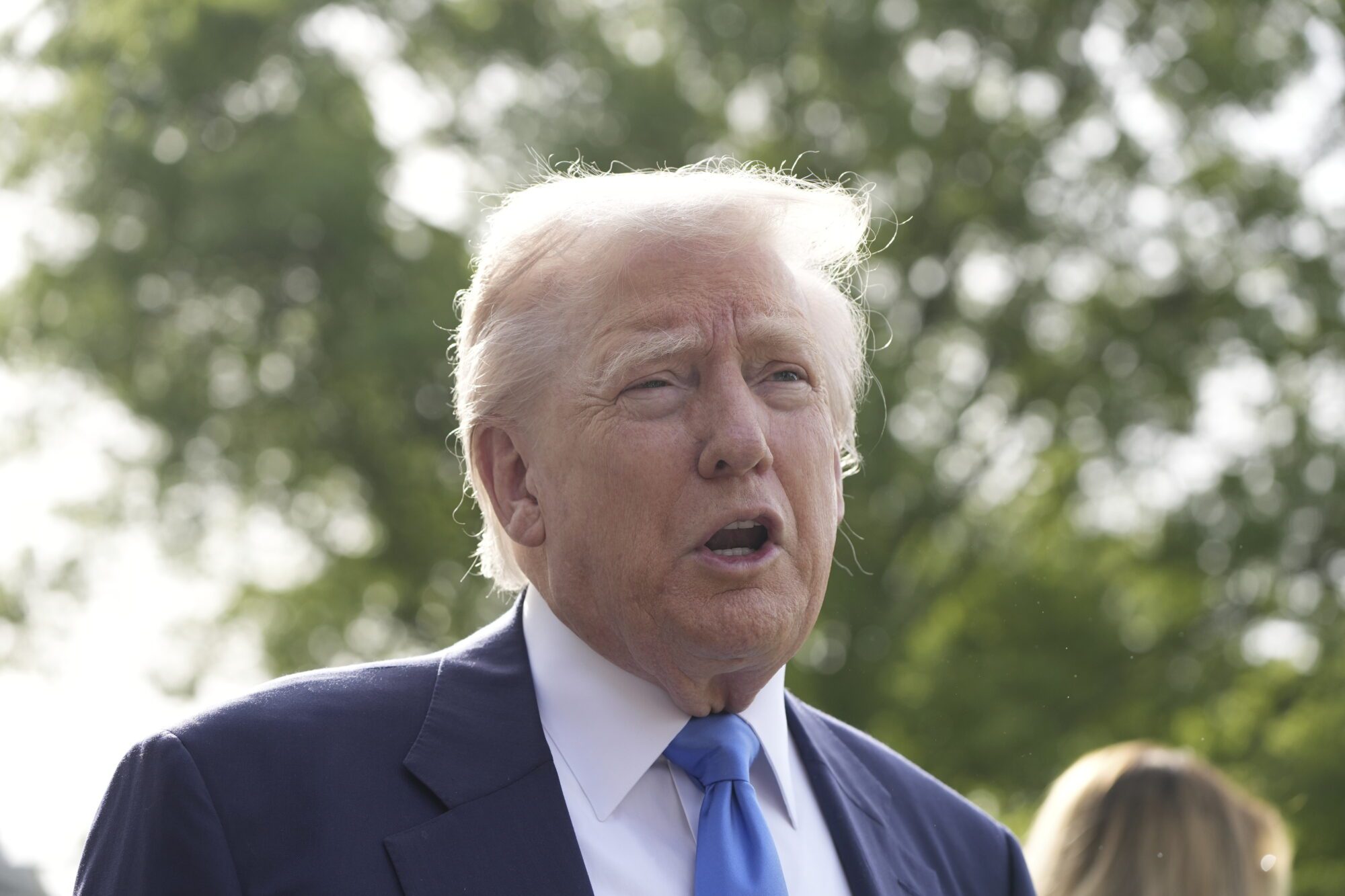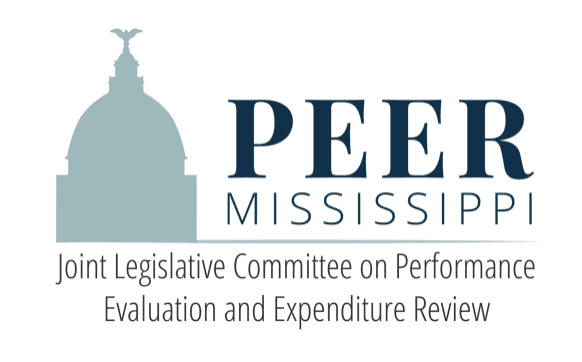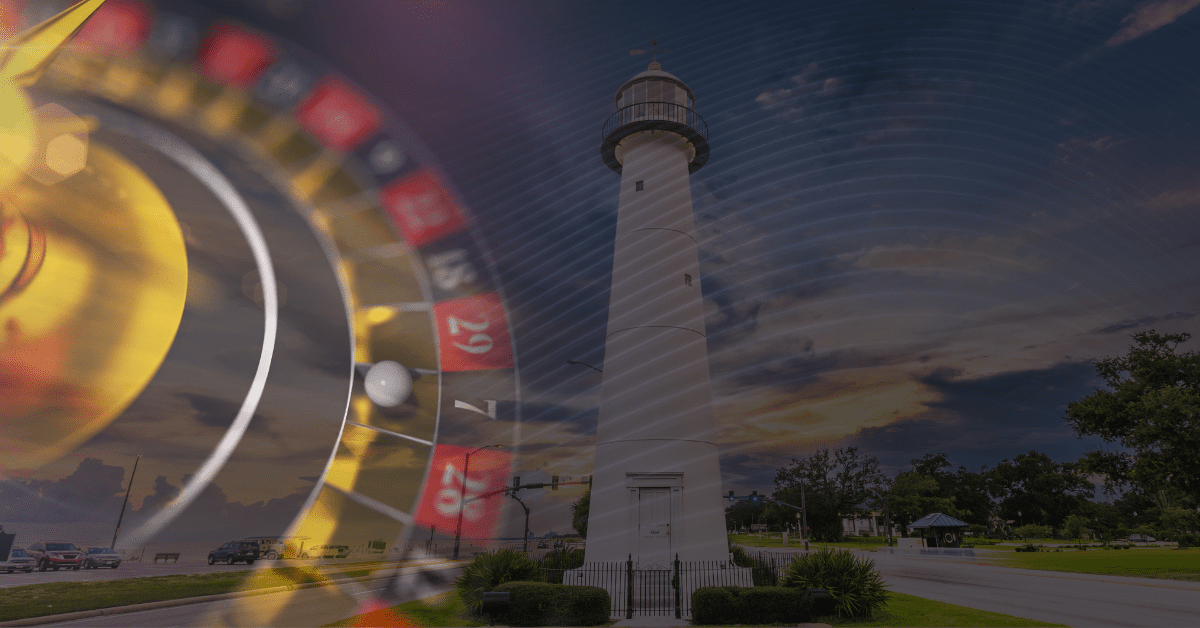
Charles Lipson
If Raphael Warnock and Jon Ossoff win Georgia’s Jan. 5 Senate runoffs, Democrats will control both houses of Congress as well as the presidency. The Republican Party, which won nearly half the national vote, will have no check on the Democrats, aside from the Senate’s filibuster rule. Although that rule requires a supermajority to pass some legislation and appointments, it can be abolished by a simple majority when the new Senate convenes.
Preventing one-party rule is one of the strongest arguments advanced by Republican incumbent Sens. Kelly Loeffler and David Perdue. They are reminding voters of the threat posed by Senate Democratic leader Chuck Schumer, who proudly announced: “Now we take Georgia, then we change the world.” That might be a winning line for national fundraising, but it’s more problematic for the Georgia electorate. Not many voters there want to “change the world,” so Warnock and Ossoff are downplaying it. Don’t expect to seek to see Schumer on the stump in Atlanta, Augusta, or Macon.
It’s understandable that the national debate should focus on which party will control the Senate and just how radical the Democrats’ program will be if they do. But just beneath the surface lurk potential constitutional issues, which have received almost no attention. The basic problem is this: although America’s Founders were deeply concerned about tyranny, centralized power, and the suppression of individual rights and constructed institutional barriers to prevent those abuses, they never envisioned the mechanisms that pose serious threats today.
One of those threats is one-party rule. It’s understandable the Founders missed that since they worked before the age of entrenched and nationalized political parties. The closest analogues were England’s Whigs and Tories, but they were a far cry from modern parties. The political world envisioned by America’s Founders was populated not by parties but by cross-cutting “factions,” much like today’s interest groups. The Federalist Papers (especially the famous No. 10, written by James Madison as “Publius”) argued that, in a large republic like America, multiple factions would emerge, push against each other, and usually block any one from dominating.
To prevent government authority from becoming too centralized and oppressive, the Constitutional Convention divided that authority among the three branches. Each one, they figured, would have strong institutional interests in preventing the others from encroaching. It was a profound insight, and a remarkably successful one. But with the rise of modern political parties, it faced a challenge that no 18th century politician could imagine. Strong political parties unify their members across the legislative and executive branches. The stronger their common interests as Democrats or Republicans, the weaker their institutional interests as members of House or Senate, if those interests diverge from fellow partisans in the other house or branch. Put differently, the rise of political parties undermines the separation of powers and, with it, one of the Founders’ barriers against consolidated, oppressive power.
The idea of separating governmental powers to prevent tyranny was first proposed by the French jurist, Charles-Louis de Secondat, Baron de Montesquieu. His 1748 book, “De l’Esprit des Lois,” was translated immediately into English and read attentively by the Founders. They adopted Montesquieu’s idea because it helped them solve some knotty problems of constructing a new constitution.
Actually, they faced two problems that pulled them in different directions. Those problems and their solutions bear directly on America’s political divide today. The first was to create a more capable, energetic central government. The second was to prevent that government from expanding its powers and encroaching on Americans’ liberties.
Solving the first problem is why the Constitutional Convention met in Philadelphia in 1787. The country’s initial constitution, the Articles of Confederation, had proved too weak to cope with foreign enemies or local rebellions. It was little more than a loose amalgam of states, without the power to tax or organize an army or navy. But if Madison, Benjamin Franklin, John Adams, George Washington, and their colleagues wanted a more energetic central government, they also feared one that might gradually expand its powers and trample individual freedom. Likewise, they feared “the superior force of an interested and overbearing majority,” which could threaten personal liberties (Federalist No. 10). They were determined to prevent that, too.
Limiting these dangers is where the Bill of Rights, federalism, and Montesquieu’s separation of powers doctrine came in. The Bill of Rights, which some states demanded before ratifying the new Constitution, stood as a bulwark of individual liberties. Neither Congress nor the president could abolish the rights it specified. (Later, the courts ruled that state legislatures could not abrogate those rights, either.)
Besides specifying these inviolable liberties, the Bill of Rights had a second purpose, which is often overlooked. It sought to protect citizens and states against an overly powerful central government. That protection was codified in the 10th Amendment: “The powers not delegated to the United States by the Constitution, nor prohibited by it to the States, are reserved to the States respectively, or to the people.” Modern commentators (and most federal judges) simply ignore that amendment. But that “absence of delegation” is the constitutional core of America’s federal structure, intended to protect against overweening central power.
The new Constitution not only sought to ensure individual rights and preserve some measure of decentralized authority, it offered yet another safeguard against tyranny. It required the central government to distribute its sovereign powers among the legislative, executive, and judicial branches. The crucial point is that those powers are partly separated, partly shared; they are not consolidated. The Constitution assigns a distinctive role to each branch in the first three articles. That’s why Congress, for instance, is called the “Article I branch.”
This wise architecture has survived for over two centuries, but, like a battered shoreline, it has eroded in several ways. One is why the Georgia runoffs are so important.
Perhaps the clearest indication of how partisan interest undermines each branch’s institutional interests came in 2013 when Senate Majority Leader Harry Reid abolished the filibuster rule for federal judges at the trial and appellate levels. Reid’s stated goal, shared by fellow Senate Democrats, was to confirm President Barack Obama’s judicial nominations and maintain liberal control of the courts. To achieve those short-term, partisan goals, Reid deliberately weakened the Senate’s long-term institutional power. Republicans warned Reid this was a grave mistake and yet still pursued the same strategy when they retook the Senate. Their leader, Mitch McConnell, extended Reid’s rule to include Supreme Court nominations. In both cases, the Senate’s veto power was diluted so the majority party could govern when it controlled both the Senate and White House.
The point here is not whether these rule changes are good or bad. The point is that the changes reflect a partisan political environment that undermines their separation-of-powers architecture.
Nor did our nation’s Founders anticipate a world in which the 10th Amendment would be treated like an outdated relic, where Albany, Hartford, Austin, and Salt Lake City would have little sway in their own affairs compared to Washington’s ever-growing authority. Part of this change occurred when the Constitution was amended so voters, not state legislatures, chose senators (the 17th Amendment, ratified in 1913). That amendment robbed statehouses of their most powerful tool to limit Washington’s growing authority. Another, equally important change occurred when the Supreme Court gave the federal government nearly unlimited authority to regulate economic activity. Until 1937, when Franklin Delano Roosevelt threatened to pack the high court, the justices had overturned several major New Deal programs as unconstitutional. After FDR’s threat, the justices caved. They believed Roosevelt’s threat was credible because his party dominated Congress and because the Constitution did not formally limit the court to its traditional nine justices.
It didn’t take long to see how the Supreme Court’s refusal to check Washington’s expansive regulatory power manifested itself in the lives of everyday Americans. The most far-reaching jurisprudence was a 1942 decision, Wickard v. Filburn. The case dealt with a farmer who grew some wheat to feed his cows. The federal government wanted to regulate all the nation’s agriculture, including the wheat grown and consumed entirely on Roscoe Filburn’s small farm. The problem, at least for FDR, was that the Constitution’s “Commerce Clause” gave the central government the power to regulate only interstate commerce. (The goal had been to create a unified national market by preventing states from erecting tariff barriers against each other.) No matter. The now-cowed Supreme Court concocted a contorted rationale to give Roosevelt his victory. Filburn’s wheat counted as interstate commerce because, believe it or not, his self-sufficient farming meant he wouldn’t be buying or selling that grain on interstate markets.
This bizarre reasoning, which has stood for eight decades, gives the federal government almost unlimited regulatory power. The court-packing threat, the Filburn decision, and a string of like-minded rulings highlights another crucial point: the encroachment of partisan politics into the judicial branch, where it is now firmly (if uneasily) embedded. Democrats are well aware that a more conservative Supreme Court could limit, or even roll back, the administrative state’s expansive rulemaking authority. That’s one reason the nomination fights have been so brutal. The stakes are high.
These constitutional issues cast a long shadow over Georgia’s runoff elections. Control of the Senate would matter far less if the Founders’ vision still applied. They had hoped Congress’s institutional interests, an independent judiciary, and the separation of powers would protect citizens against overly centralized power. There is no such protection in today’s thoroughly partisan world.
Although Republican victories in Georgia would offer some balance to a Democratic White House and House of Representatives, they would offer far less than the Founders expected. President-elect Biden, like his predecessors, has already said he will launch his presidency with a flurry of executive orders. Many will overturn earlier orders from President Trump. These “fiat laws,” like presidential signing statements, show that the executive branch is misnamed. Its main job is no longer to execute the laws or even propose them to Congress. Its main jobs now are to (1) create the web of rules, regulations, and administrative decisions that govern the country and (2) attempt to control the vast bureaucracy, which seeks to govern on its own, independent of any elected authority, including the president’s.
That bureaucracy may be called the “executive branch,” but it is, in many ways, an autonomous fourth branch of government. Its powers derive from vague laws, which give administrative agencies the power to set the detailed rules that actually govern citizens, firms, non-profits, states, and local authorities. Congress, instead of passing the laws that govern the country, is now reduced to an “oversight role,” trying (and mostly failing) to oversee the agencies that actually do the governing.
Controlling this bloated, undemocratic blob is no easy task, and shrinking it seems nearly impossible. The Founders envisioned the core dilemma: creating a central state energetic enough to act but constrained enough to stay within constitutional bounds. The path to restoring more “ordered liberty” begins with limiting a government run by executive orders and bureaucratic regulations, preventing unfettered, one-party control, and clawing back the Supreme Court precedents that give the president and federal bureaucracies such vast authority.
Voters get a voice in these big choices. Their next opportunity is Jan. 5 in Georgia.
###
Submitted by Charles Lipson. He is the Peter B. Ritzma Professor of Political Science Emeritus at the University of Chicago, where he founded the Program on International Politics, Economics, and Security. He can be reached at charles.lipson@gmail.com.









